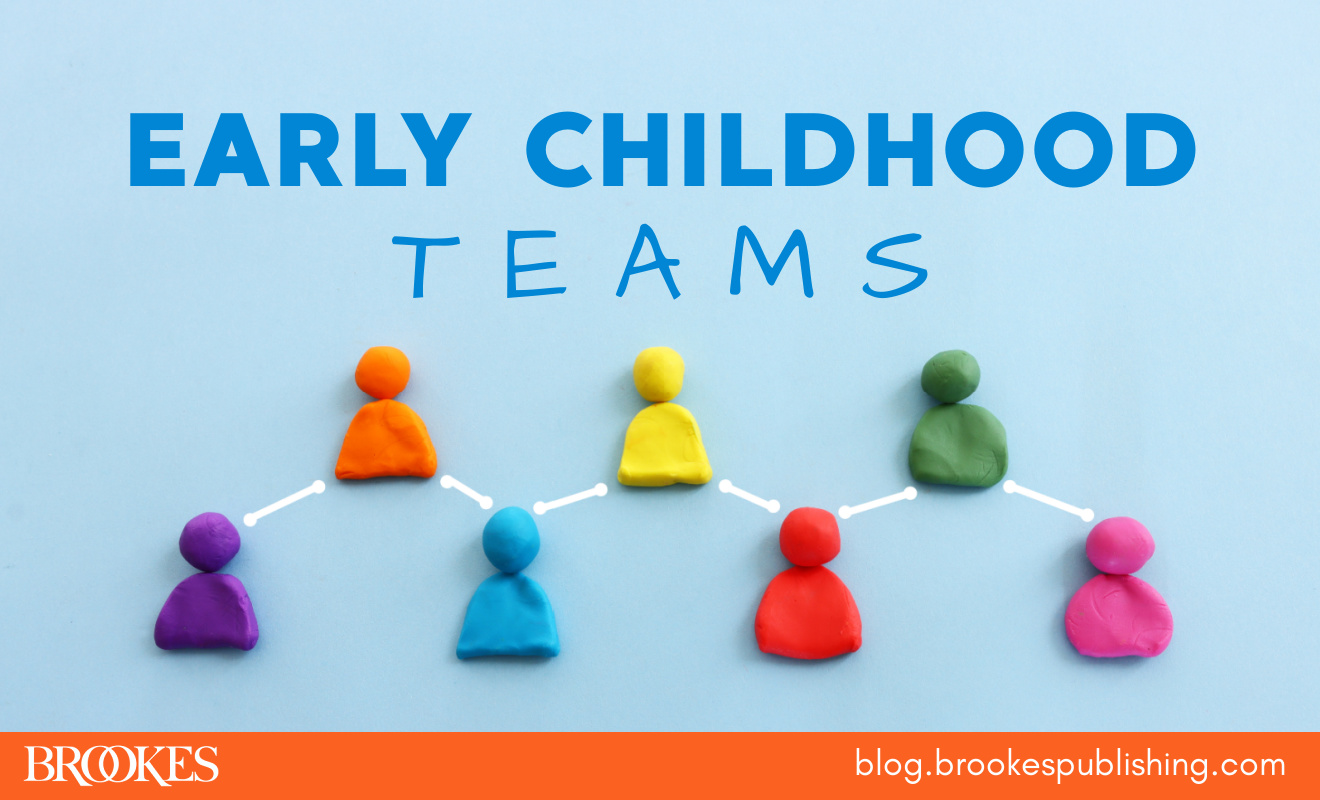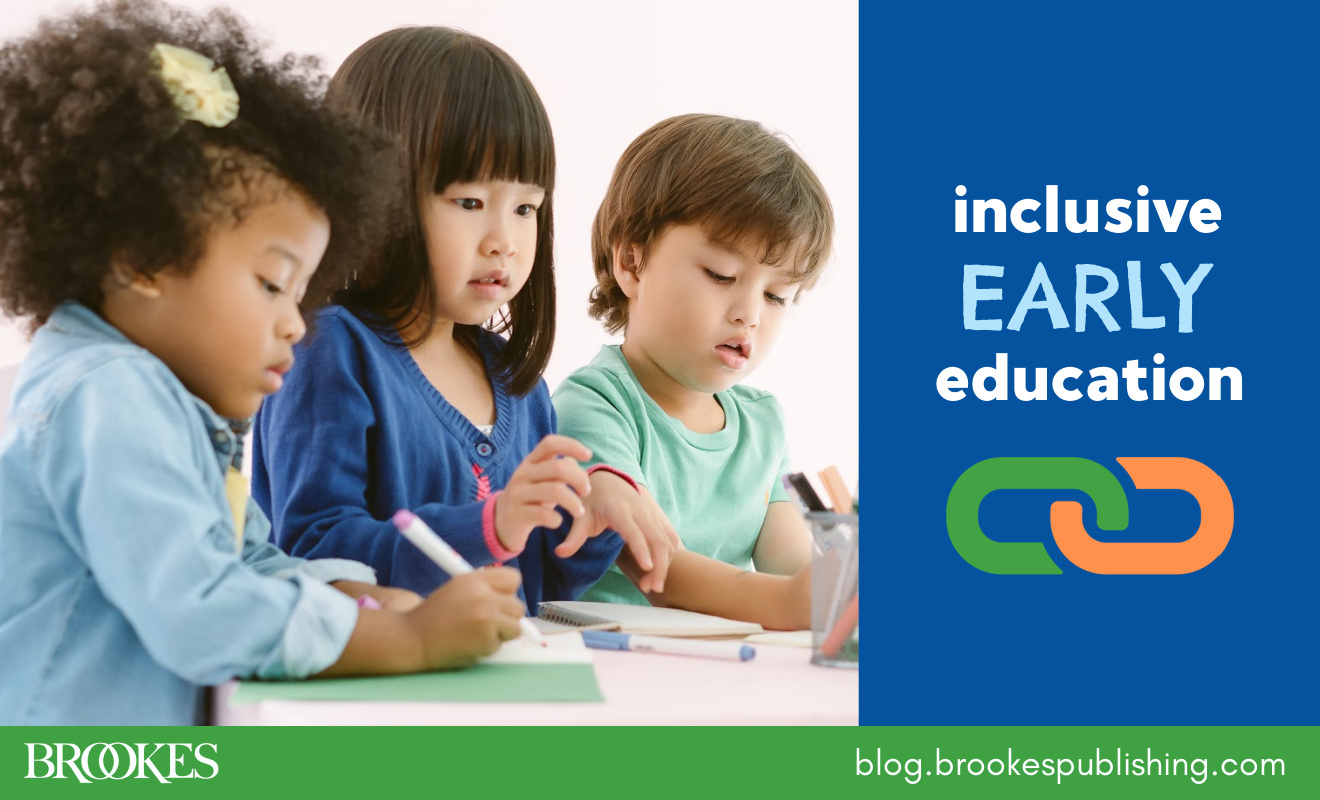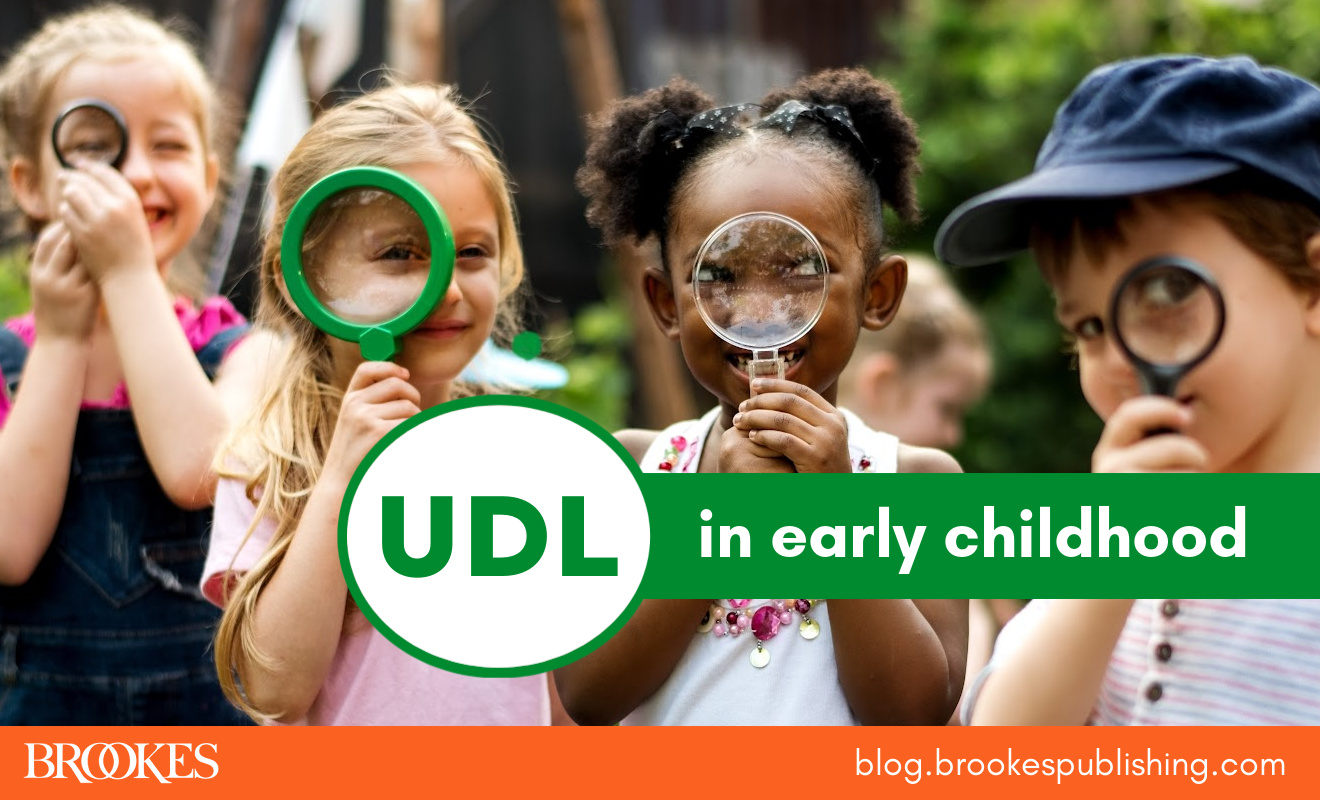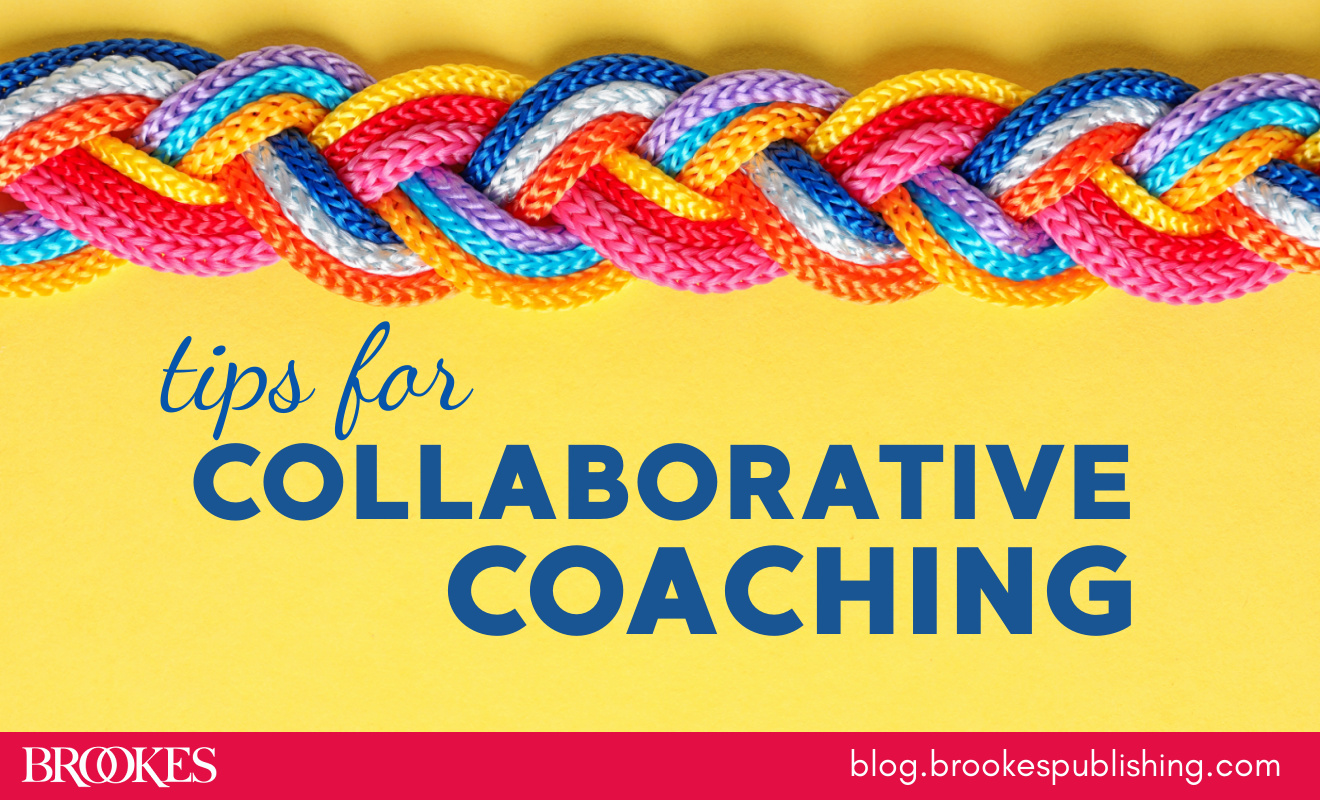5 Success Factors for Collaborative Early Childhood Teams
July 2, 2024
 Consistent collaboration among team members is one important key to success in early childhood programs. Excerpted and adapted from the new edition of Building Blocks for Teaching Young Children in Inclusive Settings, today’s post outlines five factors collaborative early childhood teams should focus on as they work together to benefit the young children and families they serve.
Consistent collaboration among team members is one important key to success in early childhood programs. Excerpted and adapted from the new edition of Building Blocks for Teaching Young Children in Inclusive Settings, today’s post outlines five factors collaborative early childhood teams should focus on as they work together to benefit the young children and families they serve.
Build good and just relationships. Effective teams begin by developing meaningful and trusting relationships with one another. While building relationships is an ongoing process, getting to know one another is always the first step. Teams might do quick icebreakers before meetings, use a structured getting-to-know-you form, or begin the day with a check-in to see how everyone is doing and feeling before working with children and families or starting a meeting. Some check-ins might be: “What has your attention today?,” “What is on your heart and mind right now?,” or “Share a one- or two-word intention you hold for today’s meeting.”
Have a shared vision. Collaborative early childhood teams must be aligned in their goals and overall vision for the whole classroom, program, or child and family. Starting off the year with a conversation about what the team wants for each family and each child (when the team involves several teachers), or the overall vision for one child (if the team includes one therapist and one teacher) is a great way to discuss the similarities in visions across all team members. Teams can even create an electronic or paper “vision board” for the child or children, with photos and written words that convey their hopes and dreams for the child and family.
Establish clearly defined roles and responsibilities. For teams to function collaboratively, all members must know what their expectations are across the day. Early childhood classrooms are lively, dynamic places that require setup and cleanup, different adults leading and supporting activities, and adults providing individual instruction to children as needed. Teams can create these plans together to ensure everyone has the opportunity to be in the areas or do the classroom jobs they enjoy the most and share the burden of the less preferred tasks.
Communicate effectively and often. Collaborative early childhood teams must communicate regularly, clearly, and efficiently. Sometimes, this communication is related to one child needing extra support in the moment or an update on a new skill a child has learned. Effective, frequent communication also must involve classroom or program goals, changes in instruction, or necessary modifications to daily schedule. This communication may take all forms, depending on what works best for the team (i.e., text messages, electronic documents, virtual meetings, etc.). To determine which forms of communication work best for all, consider whether team members like to process things aloud, or prefer to think before talking. Do they consider themselves quiet or outspoken? Once each team member identifies their participation style, the team can reflect on how to become more aware of their colleague’s style and can discuss how everyone can adjust their behaviors to create a team environment that feels supportive and welcoming to all.
Support one another to have hard conversations. Finally, the most effective teams support each other to have reflective, sometimes difficult conversations about how we interpret and respond to children’s behavior, collaborate with families, deal with difficult societal issues that impact staff and families, and more. To equitably serve all children and families, teams must reflect and discuss how they are supporting everyone in the classroom or program.
Regardless of the form of collaboration your team chooses, keep your focus on providing high quality, seamless services to children and their families as you work together across disciplines, backgrounds, and perspectives. For more guidance on collaborative teaming and other critical elements of early childhood inclusion, get the fourth edition of the bestselling Building Blocks book!




Write a Comment
Your email address will not be published. Required fields are marked *
Post a Comment